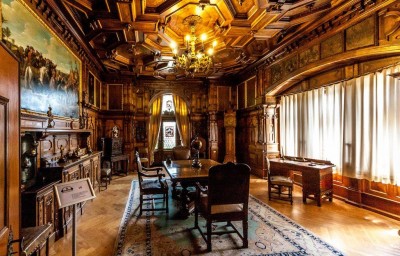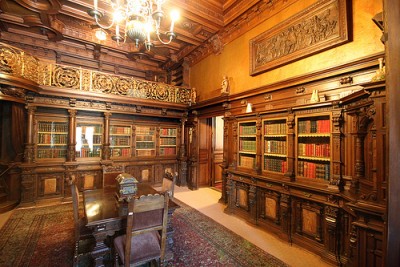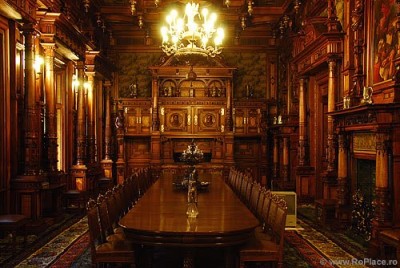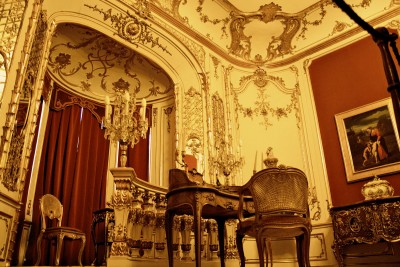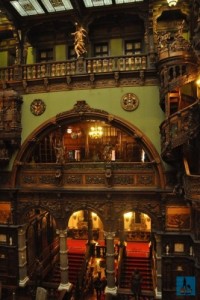Peleș Castle - the most elegant building in Romania
Peleş Castle was built at the initiative of the first King of Romania, Carol I, outside the perimeter of the commune of Podul Neagului, a locality with a surface of 24 km in 1874, year in which, on the initiative of the sovereign, the commune receives the name Sinaia. This castle served as a summer residence. A year later, in the center of the village are built the first Boiar houses, and in 1876 the construction of the railway Ploiesti - Predeal begins, which also crosses Sinaia. At the same time, between 1873 and 1875 the foundation of Peles Castle was built. The ceremony for laying the foundation stone of the residence was held in a festive setting on August 10/22, 1875.
Period: 1873 - 1914, on a 1000 hectare plot of land called Piatra Arsă or the Sinaia estate, acquired by King Carol I of Eforia Hospitals in 1871.
Legal situation: former royal residence (1883 - 1947), nationalized in 1948, museum from 1953 in 1975 and from 1990 until today, property since 2007 of His Majesty, King Michael I of Romania and public institution administered by the Romanian State, under the aegis Ministry of Culture and National Heritage.

One of the three projects presented to Carol de Hohenzollern-Sigmaringen in 1873 by the first architect of Peles Castle, Wilhelm von Doderer (1825-1900) and rejected by the commissioner
The most important event organized in Sinaia and hosted by Peles Castle until the abdication of King Mihai, in December 1947, was linked to the celebration of the semi-centenary of the castle in 1933 by King Carol II (1930-1940). Between January and March 1948, the castle is closed by order of the communist authorities, and the heritage assets are inventoryed. Most of the collections of painting, furniture, textiles, decorative art pieces and books were transferred to the Art Museum in the capital. Since May of the same year, other pieces have entered the custody of different cultural institutions in the big cities of Romania, Bucharest, Brasov, Sibiu, etc. From 1953, the castle becomes a National Museum, open to the general public, while the other buildings located on the Peleş domain, such as Pelisor castles, the private residence of the second royal couple, Ferdinand I, Maria and Fesor, the former Hunting House of of the first King of Romania and residence of kings Carol II and Mihai I will become creative and resting houses for writers, musicologists and plastic artists approved by the communist regime.
At the same time as the massive restoration works, the castle hosts, until 1989, the year of the removal of the communist regime in Romania, a series of visits by heads of state. From 1990, respectively 1993 and until today, the castles Peleş and Pelişor are reopened for visiting.
In 2007, after five years of negotiations between the Romanian State and the Royal House, an agreement was reached, by which Peleş Castle, Pelişor Castle, as well as the entire Peleş domain made up of former royal dependencies, re-entered the property of King Mihai I (1927 -1930, 1940-1947), but it continues to be administered by the Romanian state.

Panoramic view of Peles Castle, today
Peleş is, after Bran Castle, the second castle in the country as the number of tourists crossing its annual threshold, visitors enjoying an extended tour of the ground floor spaces and the first floor, with guidance in several languages.
In June 2017, Prince Radu launched, at the Romanian Athenaeum, the book-album "The Story of Peles Castle", a scholarly, meticulous, unique, superbly illustrated volume, considered the most successful monograph so far of this fascinating and glorious symbol of Romania.
Source: peles.ro


